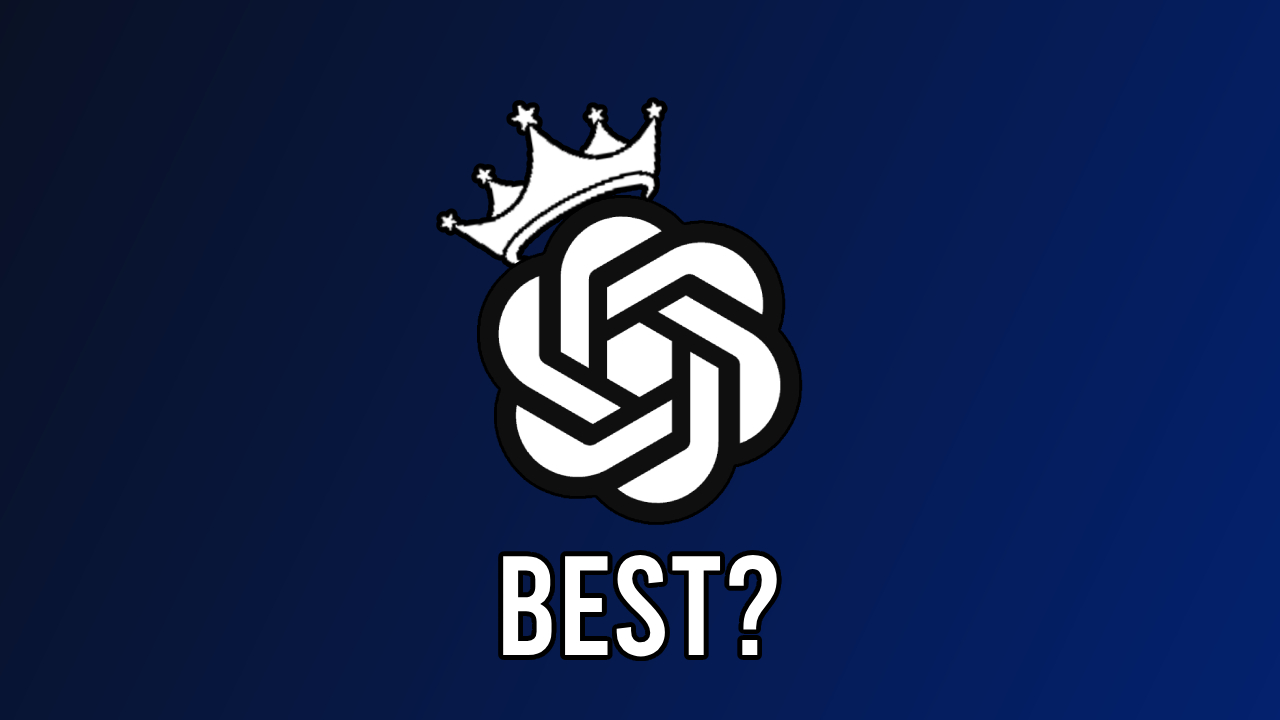How to Do a Content Gap Analysis?

Only 42% of online content writers update their content once it is published. If you create content online, then confronting a content gap is inevitable. Even if you are the best writer out in the industry, sooner or later, your content will develop gaps due to the changing market trends, shifts in interests, and keyword fluctuations, and that is why content gap analysis is important for staying relevant over time.
Content analysis is an important part of search engine optimization and content marketing strategy. It involves identifying the gap between the issues that your target audience is interested in and the information you now provide.
Bridging these gaps can help you improve user engagement, organic rankings, and overall website performance. This blog includes a step-by-step approach to doing a comprehensive content gap analysis.
Why Conduct a Content Gap Analysis?
Every effective content marketing plan needs a content gap analysis as it can be used to discover lost opportunities, identify possible dangers, and highlight areas that need development. Regular content analysis can help organizations improve their online presence, get more organic traffic, and eventually boost sales.
The following are strong arguments in favor of doing a content gap study by every company:
- Improved User Experience: You can create individualized experiences that are specially catered to your target audience by having a complete understanding of their wants and interests through an SEO content gap analysis. Bounce rates are decreased, loyalty is raised, and satisfaction levels rise as a result.
- Optimized Search Engine Visibility: Identifying and filling content gaps ensures that your website addresses a broader range of search queries, increasing overall keyword coverage and improving chances of ranking higher in SERPs. As a result, your site becomes more visible to prospective customers actively seeking solutions related to your offerings.
- Competitive Advantage: Knowing how your content compares to that of your competition can help you identify what makes your brand unique and potential areas for difference. With this information at hand, you can create creative plans to surpass competitors and take market share.
- Efficient Resource Allocation: You can prioritize high-impact content and ensure optimum return on time and money efforts by identifying content shortages. It also draws attention to low-value or duplicate tasks that should be changed or removed to increase productivity.
- Enhanced Brand Authority: Continuously providing relevant material across several platforms and filling content gaps helps you maintain your position as a thought leader in the market. This gradually creates credibility and trust, which convince potential customers to select your goods or services over rivals.
- Better Decision Making: With content gap analysis, you are better equipped to decide which kinds of content will most effectively connect with your target audience, and having access to data-driven insights obtained from a content analysis makes it easier to create focused campaigns that aim to accomplish particular goals, which boosts growth and success.
Types of Content Gap
- Outdated Content: Outdated or irrelevant content is one of the major types of content gap. Keeping all the information updated is crucial to keep up in the ever-evolving industry. Try to refresh all the content that is a year old and ensure all the information is relevant to the present scenario.
- Topic Gaps: Topic gaps occur when significant topics connected to your specialty have not been addressed at all. To cover subject gaps, analyze emerging trends and client pain areas, and then create new content based on those themes.
- Format Gaps: Format gaps occur when specific forms of media are not used despite their popularity among your target demographic. For example, if video usage is increasing but your website lacks multimedia features, try adding lessons, interviews, or demos to interest visitors.
- Readability: Content should be clear, well-structured, and easy to read. A hard-to-read content can prove to be a gap in your content, and you should resolve it by making your content engaging and easily digestible by people and search engines.
- Engagement Gaps: Engagement gaps occur when visitors fail to interact with your content, suggesting discontent or indifference. Integrating interactive features such as quizzes, polls, surveys, or social sharing buttons can help increase involvement. Furthermore, reply quickly to queries and comments to demonstrate responsiveness and dedication to customer service.
- Keyword Gaps: Keyword Gaps occur when relevant keywords are missing from the content and can impact the performance of your content. You can resolve this gap by ensuring that you add suitable keywords to your content and updating them regularly.
How to Do a Content Gap Analysis?
Define Your Target Audience
Before diving into content analysis, it’s important to have a clear understanding of your target audience. Consider their demographics, interests, pain points, and online behavior. Use tools like Google Analytics, user surveys, and social media insights to gather data on your visitors.
- Demographics: Identify age range, gender, location, education level, and income bracket.
- Interests: Determine which topics resonate with your audience by analyzing their browsing history, social media activity, and frequently asked questions.
- Pain Points: Recognize the challenges they face and how your content can provide solutions.
- Online Behavior: Study how users interact with your site, including bounce rates, time spent on pages, and conversion metrics.
Analyze Competitor Content

Did you know that 41% of writers analyze their competitors to improve their content? To uncover potential content gaps, analyze your competitors’ websites and blogs. Look for topic areas where they excel, but you fall short or haven’t covered them yet. Tools like Semrush, Ahrefs, and Moz can help identify competitor keyword rankings, backlink profiles, and top-performing content pieces.
- Keyword Rankings: Compare your website’s keyword rankings against those of your competitors to find opportunities for improvement.
- Backlinks: Examine the quality and quantity of links pointing to your competitors’ sites and aim to outperform them through strategic link-building efforts.
- Top Performers: Discover popular content among your competition and consider creating similar yet improved versions tailored to your audience.
Conduct Keyword Research

Perform comprehensive keyword research to understand search intent and discover new content ideas. Focus on long-tail keywords relevant to your niche and prioritize informational queries over transactional ones. Leverage tools like Google Autocomplete, AnswerThePublic, and Ubersuggest to generate keyword suggestions.
- Long-Tail Keywords: These phrases are typically longer and more specific than general terms, making them easier to rank for and highly targeted toward user intent.
- Search Intent: Categorize keywords based on whether users seek information, navigation, transactions, or commercial investigation.
- Informational vs Transactional Queries: Prioritize informational queries since they often indicate the early stages of the buyer journey, providing ample opportunity to engage users before they convert elsewhere.
Evaluate Current Content Performance

Review your existing content to determine strengths, weaknesses, and areas requiring improvement. Assess each article according to its relevance, accuracy, depth, format, and multimedia usage. Filter underperforming assets and repurpose successful ones to address identified content gaps.
- Relevance: Ensure all content remains up-to-date and aligned with current industry trends.
- Accuracy: Verify factual information within articles and update if necessary.
- Depth: Expand upon shallow content to establish authority and credibility.
- Format: Experiment with various formats, such as blog posts, infographics, videos, podcasts, and case studies.
- Multimedia Usage: Incorporate images, charts, graphs, and other visual elements to enrich user experience and facilitate comprehension.
Create a Content Plan

Develop a robust content plan addressing discovered content gaps while catering to user needs and preferences. Organize topics into themes, assign authors, set deadlines, and allocate resources accordingly. Monitor progress regularly and adjust tactics when needed.
- Themes: Group related topics together to create cohesive clusters around specific subjects.
- Authors: Distribute assignments fairly among team members based on expertise and workload capacity.
- Deadlines: Establish realistic timelines for completion, allowing room for edits and revisions.
- Resources: Dedicate sufficient budget and personnel to execute content strategy effectively.
How to Use Tools like Semrush to Find Content Gap
Next, we will show you how you can use Semrush to identify keyword gaps in your content, including underperforming or missing keywords.


Here, with the help of the Semrush organic research tool, you can see top keywords and Glocify’s top competitor. For more details, click on the view all details.

As you can see, the top competitors of Glocify are Tuyadigital, Postanza, and Wearehostsformemes.
Next, use the keyword gap tool to compare shared keyword usage with competitors and check how your website compares. Enter the URL of your website and the competitor’s website to generate a list of shared keywords.

In our case, you can see how Glocify’s keyword usage compares to Tuyadigital’s. The green here indicates the better usage of that particular keyword on that website. You can improve your website rank from the competitors by optimizing your content for these shared keywords.

In the missing keyword tab, you can check all the relevant keywords that are missing from your content that you can integrate into your content to improve your ranking further.
By optimizing your content for the content gaps, you can easily outrank your competitors and rank higher on the search engines.
Wrapping Up: Implementation & Continuous Improvement
Once you’ve completed your SEO content gap analysis and developed a solid content plan, focus on implementing the strategy efficiently. Regularly track key performance indicators (KPIs), monitor changes in search algorithms, and adapt your approach as required. Emphasize continuous learning and refinement to ensure ongoing success.
- Key Performance Indicators (KPIs): Set measurable goals for traffic, conversions, shares, comments, and other engagement metrics to evaluate content effectiveness.
- Algorithm Changes: Stay updated on SEO best practices and algorithm updates from primary search engines like Google to maintain optimal visibility.
- Continuous Learning & Refinement: Periodically review analytics data, solicit feedback from users, and incorporate lessons learned into future content initiatives.
By following this comprehensive guide, you will be well-equipped to bridge content gaps, attract valuable traffic, and develop meaningful relationships with your target audience. Remember that effective content marketing demands consistent effort and adaptation; stay committed to growth and watch your digital presence flourish!









